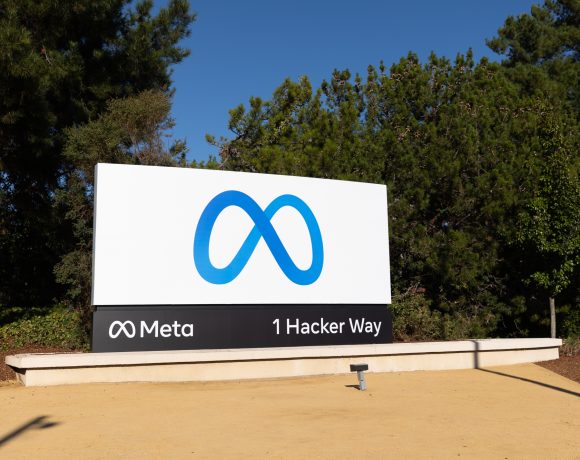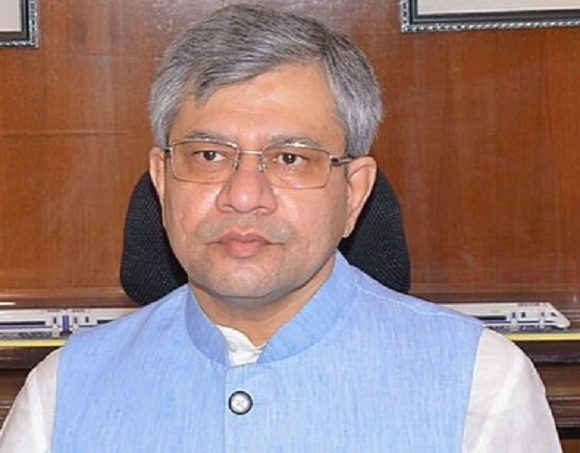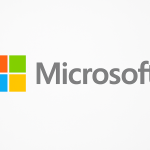
India’s Quick Commerce Sector Set for 75-100% Annual Growth
India’s quick commerce industry is poised for remarkable expansion, with projections indicating a 75-100% year-on-year growth, significantly outpacing traditional retail sectors. This surge is driven by the increasing consumer demand for rapid delivery services and the strategic investments by key industry players.
Rapid Growth of Quick Commerce in India
The quick commerce sector, which focuses on delivering goods within exceptionally short timeframes, has witnessed accelerated growth in India. Analysts attribute this trend to consumers’ evolving preferences for convenience and speed, especially in urban areas. The sector’s expansion is not limited to metropolitan cities; tier-2 and smaller cities are also embracing this model, contributing to its widespread adoption.
Strategic Investments by Industry Leaders
Major companies are capitalizing on this growth trajectory. Swiggy, a prominent food and grocery delivery platform, announced an investment of up to ₹10 billion in its supply chain subsidiary, Scootsy, to bolster its quick-commerce arm, Instamart. This move aims to enhance warehouse management and streamline order deliveries, ensuring efficient service to meet the rising demand. Similarly, competitors like Zomato, rebranded as Eternal, are intensifying their investments in the quick commerce segment, aiming to deliver a diverse range of products in minimal time.
Expansion into New Categories and Markets
The quick commerce model is evolving beyond its initial focus on groceries. Companies are diversifying their offerings to include electronics, fashion, and other fast-moving consumer goods. This diversification is accompanied by geographical expansion, with services extending to tier-2 and smaller cities, thereby tapping into new customer bases and driving further growth.
Challenges and Future Outlook
Despite the promising growth, the quick commerce industry faces challenges, particularly concerning profitability. The substantial investments required for infrastructure, such as establishing dark stores and maintaining a vast delivery fleet, have impacted profit margins. For instance, Swiggy reported a consolidated loss of ₹7.99 billion for the third quarter ending December 31, attributed to increased spending in its quick commerce ventures. However, the company’s revenue also saw a 31% increase, indicating robust demand and potential for long-term profitability.
As the quick commerce sector continues to evolve, its ability to adapt to consumer needs, manage operational costs, and expand strategically will determine its sustained success in India’s dynamic retail landscape.


















